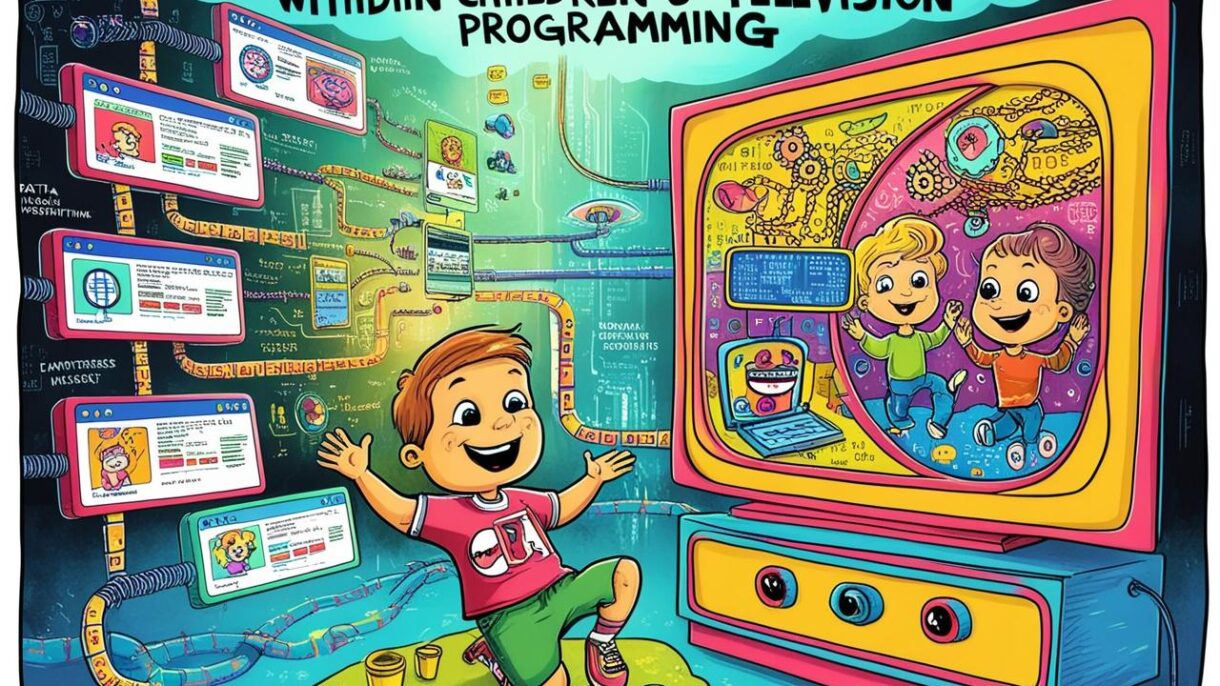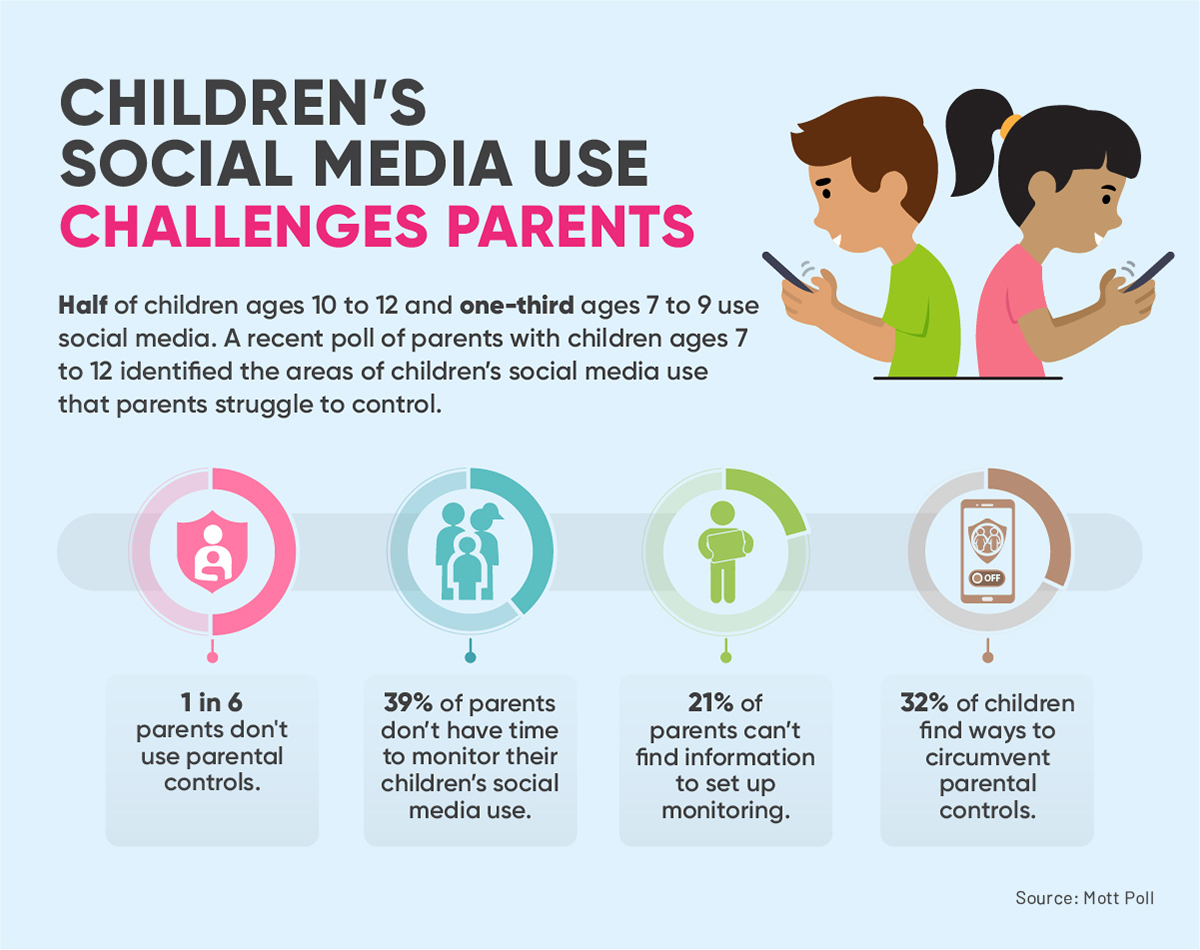
In the golden age of Saturday morning cartoons, children were marketed to in obvious ways—through colorful, fast-paced commercials sandwiched between episodes. Parents could easily spot these ads and decide whether or not their child should watch them. Fast forward to today, and things have changed dramatically. The traditional TV ad has been replaced with something far more subtle, pervasive, and, arguably, more powerful: digital advertising embedded within the shows themselves.
With the rise of streaming platforms like YouTube Kids, Netflix, Disney+, and others, children now consume content in a seamless flow—without clear breaks or distinctions between storytelling and marketing. Brands no longer need to wait for commercial breaks. Instead, they’ve found a new playground inside the content, integrating their products and messages directly into the stories children watch, love, and trust.
These techniques include branded episodes, product placements, character-brand collaborations, and even in-show games that promote real-world purchases. Most of this flies under the radar of both kids and parents, blurring the lines between entertainment and advertisement. What’s most concerning is that young children are often unable to distinguish between content meant to entertain and content meant to sell.
This blog explores the secret world of digital advertising in children’s TV content—how it works, why it’s effective, and what makes it potentially harmful. It also discusses what parents, educators, and policymakers can do to better protect the youngest and most impressionable viewers in a digital-first world.
Table of Contents:
Sr. Headings
1) Introduction
2) How Digital Advertising Has Entered Kids’ TV
3) The Rise of Branded Content & Product Placement
4) Why It’s a Concern: The Psychological Impact on Children
5) Regulation and Ethical Issues
6) Parental Control: What Can Be Done?
7) Final Outcomes
8) Conclusion
9) FAQ

Introduction
We live in an era where screens are as common as toys in a child’s life. From tablets and smart TVs to mobile phones, children are constantly exposed to content that entertains, educates—and increasingly—markets to them. But unlike traditional commercials that clearly announce themselves, today’s digital advertising is often hidden in plain sight, woven directly into the very cartoons and series children enjoy the most.
Gone are the days when advertising was confined to commercial breaks. In the digital age, marketing strategies have evolved to become smarter, more integrated, and disturbingly invisible. Children might be watching an animated series, but what they’re actually consuming could be a cleverly designed advertisement. A catchy song about a magical snack, a character wearing the same shoes sold in stores, or a plot revolving around a visit to a branded amusement park—these are not random storytelling choices. They’re intentional marketing decisions driven by data, partnerships, and brand strategy.
This practice, known as embedded marketing or native advertising, is not new—but it has exploded in popularity with the advent of on-demand and algorithm-driven platforms. Streaming services like YouTube Kids, Netflix, and even in-app games are being used as direct channels to reach young, impressionable minds. And with the help of big data and viewer tracking, advertisers are able to tailor this content with surgical precision.
What’s most alarming is the lack of transparency and oversight. Children—especially those under the age of 8—do not have the cognitive ability to distinguish between entertainment and advertising. They trust the characters they see on screen, which makes them especially vulnerable to persuasion. Meanwhile, many parents are unaware that their child’s favorite show may be quietly influencing their buying behavior or shaping brand preferences for life.
In this blog, we uncover the secret world of digital advertising in children’s TV content. We’ll explore how these ads are delivered, why they are so effective, and what kind of impact they can have on a child’s development. We’ll also examine the ethical concerns and the growing need for regulation—and most importantly, share what parents and educators can do to stay informed and take control.
This isn’t just a conversation about marketing—it’s a conversation about the well-being and future of the next generation.
How Digital Advertising Has Entered Kids' TV
The way children consume media has drastically changed over the past decade. Traditional broadcast television, with its clearly defined commercial breaks, has been largely replaced by on-demand streaming platforms, interactive apps, and digital video services. While this shift has offered convenience and customization, it has also opened the door for more subtle—and in many cases, more powerful—forms of advertising.
Today, advertisers are not just paying for air time between shows. Instead, they’re collaborating directly with content creators, animation studios, and digital influencers to embed their brands into the content itself. This might take the form of a character using a particular toy, eating a branded snack, or even wearing clothing that can be purchased in real life. Because these marketing messages are woven seamlessly into the story, they often go unnoticed by both children and parents.
Streaming platforms like YouTube Kids are a prime example. On these platforms, sponsored content often masquerades as regular videos. Influencers or animated characters may unbox toys, play branded games, or visit theme parks in ways that feel like pure entertainment. Yet behind the scenes, these videos are often part of carefully planned brand partnerships, designed to generate emotional connections and drive consumer behavior.
Moreover, digital advertising in kids’ content has become highly personalized. Algorithms track what children watch, how long they watch it, and what they click next. This data is then used to recommend similar content—often featuring the same brands or products—creating an echo chamber of advertising disguised as entertainment.
Some mobile apps and games take it a step further by rewarding children with virtual prizes for watching ads or engaging with branded content. These experiences blur the lines even more, turning advertising into a game and reinforcing brand recognition in the process. Because the reward systems are dopamine-driven, children associate the brand with a sense of accomplishment or joy—often without realizing they are being marketed to.
What makes all of this even more concerning is that many of these practices are unregulated. While there are some guidelines in place (like YouTube’s disclosure policies or child protection laws in some countries), enforcement is inconsistent. As a result, brands continue to explore creative ways to capture young attention—often bypassing ethical concerns in favor of engagement and revenue.
In short, digital advertising has infiltrated kids’ TV content not through interruption, but through integration. It’s no longer about selling to children during commercial breaks; it’s about becoming part of the content they love. This shift marks a profound transformation in how brands connect with young audiences—and it demands greater awareness from both parents and policymakers alike.
The Rise of Branded Content & Product Placement
Shows like Peppa Pig or Paw Patrol often feature specific toys or fast-food tie-ins that later appear on store shelves. This isn’t accidental. Branded content and product placement are the new norm in digital marketing—designed to create subconscious product associations and early brand loyalty.
These strategies are often powered by advanced algorithms that recommend similar content based on viewing behavior. In effect, your child might end up watching more content tied to specific products or themes without realizing it.
Why It’s a Concern: The Psychological Impact on Children
At first glance, having a cartoon character eat a particular cereal or play with a branded toy might seem harmless—even charming. But beneath the surface lies a deeper issue: young children are especially vulnerable to persuasive messaging, and digital advertising exploits that vulnerability in subtle but powerful ways.
Children Can’t Distinguish Between Ads and Content
Research shows that children under the age of 8 generally lack the cognitive ability to recognize advertising as a persuasive intent. They view all media content as truthful, educational, or entertaining—never as marketing. So when a favorite animated character enthusiastically plays with a certain toy, young viewers don’t see it as an ad; they see it as a recommendation from a trusted friend. This makes embedded advertising especially effective—and dangerous.
Even older children, while more aware, are not fully equipped to understand the nuances of modern marketing tactics like influencer sponsorships, branded content, or gamified promotions. The digital environment blurs the line between play and purchase, creating what psychologists refer to as “implicit advertising“—ads that influence without being noticed.
Emotional Bonding and Brand Loyalty
Marketers are fully aware of children’s emotional attachment to their favorite characters. By pairing products with these characters, advertisers tap into what psychologists call parasocial relationships—one-sided emotional bonds where children feel they know and trust fictional figures. This emotional connection is then transferred to the product, forming brand loyalty at an incredibly early age.
This is why certain toys or food brands become so strongly associated with animated shows. When a child cries for a specific cereal or action figure, it’s often not just a want—it’s the result of emotional priming done by content creators and advertisers working together.
Promoting Materialism and Consumer Identity
Studies have shown that early and repeated exposure to advertising can foster materialistic values. Children begin to associate happiness, success, or social acceptance with owning certain branded products. Over time, this can lead to consumer identity formation, where self-worth is linked to possessions rather than experiences or personal growth.
This early materialism is associated with negative outcomes, including lower self-esteem, increased anxiety, and dissatisfaction—especially when children cannot have what they see others (or cartoon characters) enjoying.
Impact on Behavior and Decision-Making
Digital advertising also influences children’s behavioral patterns, from the way they make choices to how they communicate needs to their parents. Kids exposed to frequent ads tend to nag more, demand specific products, and mimic brand-related language. This is not simply learned behavior—it’s strategically engineered.
Moreover, because many of these ads promote high-sugar foods, expensive toys, or unnecessary gadgets, there are growing concerns about their impact on children’s health and family dynamics.
Reduced Critical Thinking
Frequent exposure to unlabelled or hidden advertising may impair a child’s ability to develop critical thinking skills about media content. If everything they watch is subtly selling something, it becomes harder for them to question, critique, or differentiate between fact and fiction, fun and manipulation.

Regulation and Ethical Issues
-
Unfortunately, regulation has not caught up with the reality of digital platforms. While some laws exist (like COPPA in the U.S.), they’re often bypassed or inconsistently enforced. Streaming platforms frequently label content as “educational” to sidestep scrutiny, even if it contains subtle promotions.
Experts call for stricter guidelines on children’s digital advertising, including transparent labeling of sponsored content and accountability for both advertisers and producers.
Parental Control: What Can Be Done?
-
Parents can take several steps to protect their children:
-
Use ad-free platforms or subscription models where possible.
-
Discuss advertising with children in age-appropriate ways.
-
Utilize parental control features to monitor content types.
-
Watch with your child when possible and talk about the shows.
Understanding how advertising works empowers both parents and children to make more conscious media choices.
-
Final Outcomes: What We Must Take Away
The infiltration of digital advertising into children’s television content is more than a marketing trend—it’s a growing concern with deep psychological, social, and ethical implications. As brand messages are woven subtly into stories, characters, and digital experiences, children are absorbing commercial influences without the awareness or tools to critically evaluate them. This form of advertising doesn’t simply sell products; it shapes values, desires, and emotional attachments during the most formative years of life.
What makes this especially troubling is the lack of transparency and the limited ability of young audiences to distinguish between entertainment and persuasion. While platforms and advertisers reap the benefits of engagement and brand loyalty, children are left vulnerable to materialistic messaging and behavioral conditioning. Meanwhile, parents often remain unaware of how embedded and personalized these marketing strategies have become.
To address these challenges, society must rethink how children’s content is regulated and produced. Ethical storytelling must take precedence over brand partnerships, and clearer boundaries should be drawn between entertainment and advertising. At the same time, digital literacy and critical viewing skills should be nurtured at home and in schools.
Ultimately, the conversation around digital advertising in kids’ TV isn’t just about screen time or sales—it’s about the kind of messages we allow to shape young minds. Awareness is the first step, but advocacy, education, and ethical responsibility are what will protect the next generation from growing up in a world where every story is also a sales pitch.


Not all, but many popular ones, especially on free platforms, include embedded marketing or brand associations.
Look for recurring products, logos, or toys that match real-world brands. Sometimes they’re disclosed in the credits or description.
It’s often legal but ethically debated. Regulations exist but are limited in scope and enforcement.
Subscription-based platforms like Netflix (ad-free tier) or PBS Kids tend to be safer, but parents should still preview content.
Use simple terms like “Some shows want to sell things” and encourage critical thinking when watching together.
Conclusion
The future of the infrastructure industry will be defined not just by the scale and innovation of physical projects but also by how companies position themselves digitally. Digital marketing is no longer optional — it’s essential. From enhancing brand visibility to driving real-time engagement, digital tools empower infrastructure firms to stay ahead in an increasingly connected and competitive world. Firms that embrace digital marketing today will not only secure more projects tomorrow but will also shape the skylines and communities of the future.
OCP Academy
(A Unit of OCP Foundation)
Learning Today, Leading Tomorrow


